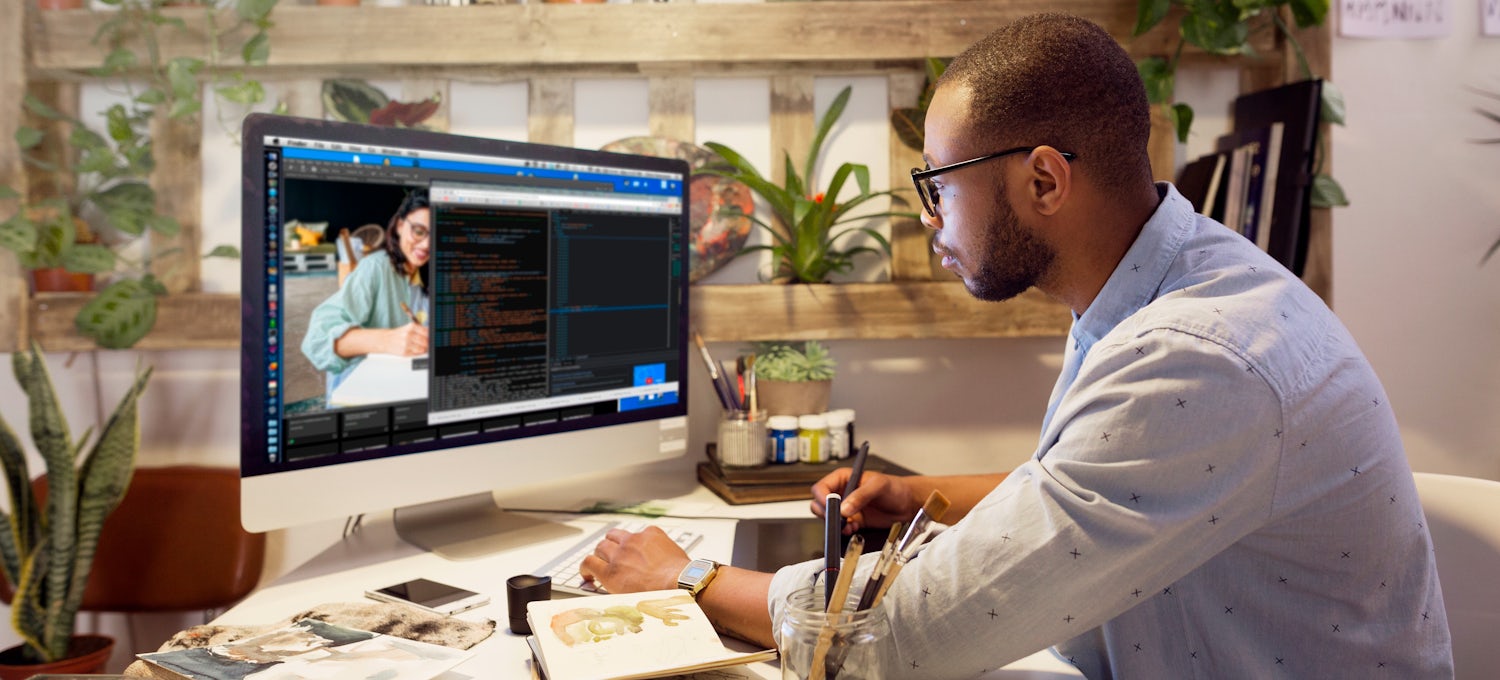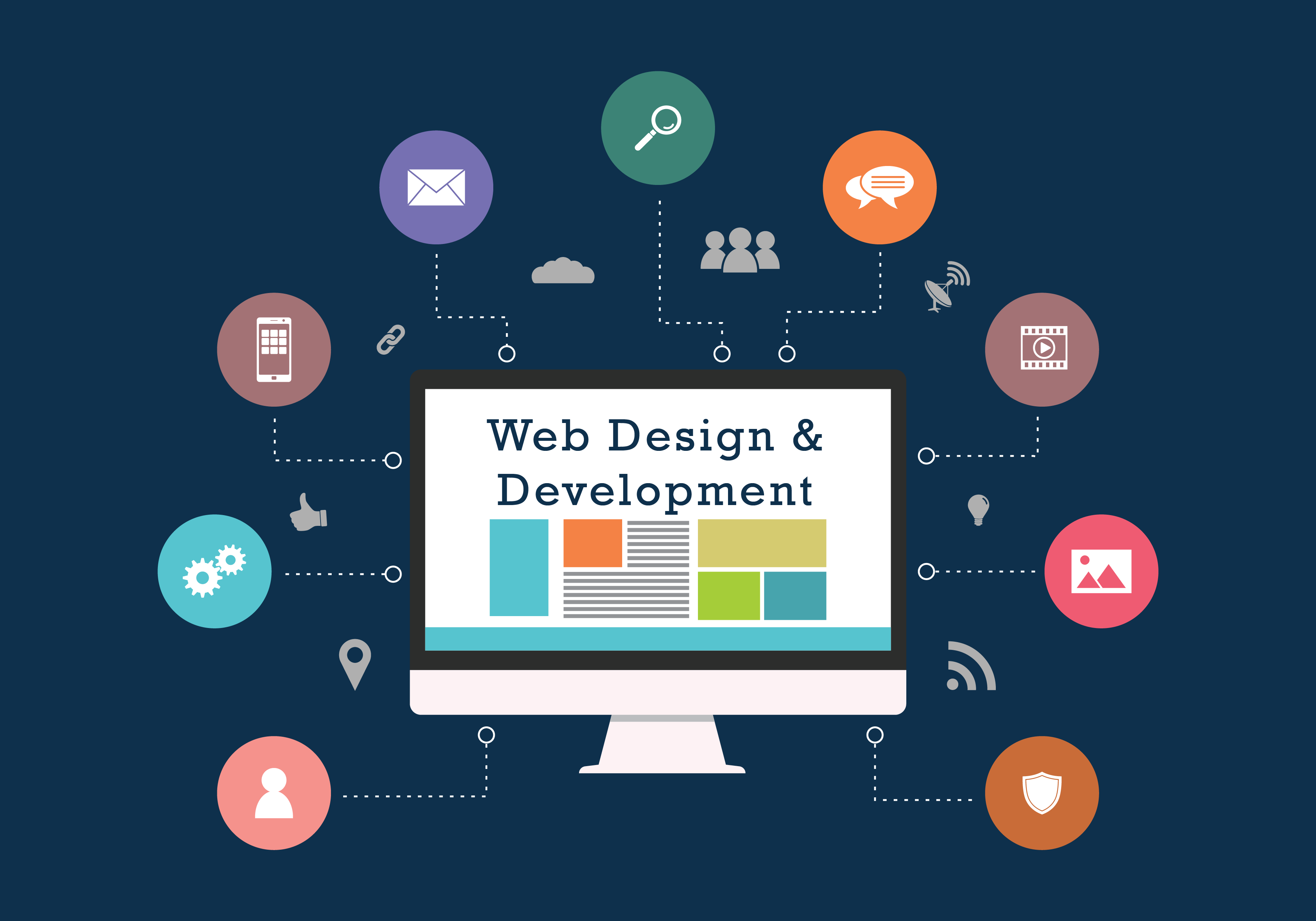Maximize User Experience With Ingenious Web Site Layout Solutions
In today's digital landscape, making best use of user experience via innovative site style solutions is necessary for businesses looking for to engage their target market efficiently. By welcoming user-centric style concepts, companies can produce interfaces that not only meet customer requirements yet additionally boost overall satisfaction. Secret aspects such as receptive layouts, instinctive navigation, and reliable aesthetic hierarchy play a critical role in this procedure. The combination of interactive components can additionally elevate the user journey, triggering a reevaluation of standard layout approaches. What approaches might arise when we think about the advancing assumptions of users?
Comprehending User-Centric Design

To execute user-centric style effectively, it is necessary to carry out detailed research, consisting of customer meetings, studies, and functionality screening. These study approaches offer useful data that notifies style decisions, making certain that the last product straightens with individual assumptions. Additionally, creating customer personalities can aid developers understand and envision with the end-users, assisting the design process towards a lot more relevant options.
Additionally, iterative layout is a crucial component of user-centric approaches. By constantly testing and refining styles based on individual feedback, designers can determine discomfort points and locations of renovation, resulting in a much more sleek end product. Inevitably, user-centric layout is not merely a stage in the growth process yet a continuous dedication to focusing on customer demands, resulting in even more reliable and appealing electronic experiences.
Significance of Responsive Layouts
As electronic communications progressively take place throughout a variety of gadgets, the significance of responsive formats can not be overstated. A receptive format ensures that a site adjusts seamlessly to various display sizes, from desktop computer screens to mobile phones. This versatility is important in today's multi-device landscape, where users expect a consistent and appealing experience despite how they access content.
The main advantage of receptive style is enhanced individual contentment. When a site is maximized for all devices, it minimizes the requirement for zooming, scrolling, or straight navigating, which can annoy individuals and lead to higher bounce rates. Furthermore, search engines like Google prioritize mobile-friendly internet sites in their ranking formulas, making responsive layouts vital for effective SEO strategies.
Moreover, receptive formats assist in simpler maintenance and updates. As opposed to managing separate variations of an internet site for different tools, a single, fluid style can be modified, conserving time and sources. This alternative method not just boosts effectiveness but also fosters brand comprehensibility throughout systems. Ultimately, spending in responsive designs is not just a trend; it is a fundamental concept of contemporary website design that significantly boosts individual experience and interaction.
Enhancing Navigation and Access
Reliable navigation and access are critical elements of a well-designed web site, substantially influencing user interaction and contentment. An easy to use navigation structure permits site visitors to discover details webpage quickly and intuitively, minimizing disappointment and increasing the likelihood of repeat gos to. Carrying out clear, descriptive tags for navigating web links, together with a sensible pecking order, can lead users effortlessly with the website.
Availability is just as crucial, guaranteeing that all customers, regardless of their capabilities or impairments, can engage with the site successfully. This can be accomplished via making use of proper shade contrasts, text sizes, and alt text for images, which together enhance the experience for aesthetically damaged customers. Furthermore, integrating keyboard navigating and display visitor compatibility broadens access for users with diverse demands.
Regular use screening can supply important insights into navigation efficiency and ease of access problems. By collecting feedback from actual users, designers can identify discomfort factors and make educated adjustments. Inevitably, focusing on navigating and ease of access not just cultivates inclusivity yet likewise grows a favorable individual experience, reinforcing the brand name's dedication to top quality and customer care in a progressively digital landscape.
Using Visual Power Structure Effectively
Visual power structure functions as an assisting structure in internet site style, directing users' interest to the most essential components on a page. By purposefully organizing visual elements such as spacing, color, and typography, developers can create a clear path for customers to follow. This structure not just improves individual experience but additionally enhances content understanding.
One efficient method to develop visual pecking order is via making use of dimension and range. Larger components normally draw in even more focus, making headlines and essential visuals noticeable. Matching this method with contrasting shades can better differentiate key web content from additional information, making certain that essential info stands out.
Moreover, the plan of aspects plays an essential role in leading user interaction. Using a grid design can develop a cohesive circulation, while whitespace aids to different web content and decrease cognitive load - Website Design. This willful spacing allows customers to process details much more quickly, causing improved engagement
Finally, using consistent design patterns helps enhance aesthetic power structure, offering customers with acquainted hints as they browse the site. By prioritizing these principles, developers can efficiently make best use of customer experience, making certain that visitors can easily find the info they look for.
Integrating Interactive Components
The consolidation of interactive aspects into website style can significantly improve individual engagement and overall experience. Interactive attributes such as quizzes, surveys, and sliders not only captivate users yet additionally promote energetic engagement, making the surfing experience extra memorable. By urging individuals to communicate, sites can efficiently keep interest and lower bounce rates.
Additionally, integrating vibrant material like computer animations and float results adds an enticing layer of interactivity. These aspects can direct customers with ease through the site, highlighting crucial information and calls to activity. Animated switches can draw focus and improve click-through prices.
Moreover, customization via interactive tools such as chatbots or recommendation engines allows sites to deal with specific preferences, fostering a sense of connection. This customized method not only enhances customer satisfaction however also encourages repeat brows through.
Integrating analytics tools to track interactions offers useful understandings right into individual actions, enabling continual renovation of the interactive aspects. Eventually, a well-designed interactive experience changes link a passive browsing session right into an interesting journey, leading to increased user contentment and commitment. For that reason, integrating interactive components is essential for making best use of customer experience in contemporary website design.
Verdict

In today's digital landscape, taking full advantage of customer experience through cutting-edge website style options is important for businesses looking for to engage their target market effectively. Eventually, prioritizing navigating and access not only fosters inclusivity however additionally cultivates a positive individual experience, enhancing the brand's dedication to quality and user treatment in a progressively electronic landscape.

In final thought, maximizing customer experience with cutting-edge internet site style services demands a dedication to user-centric principles. Website Design.